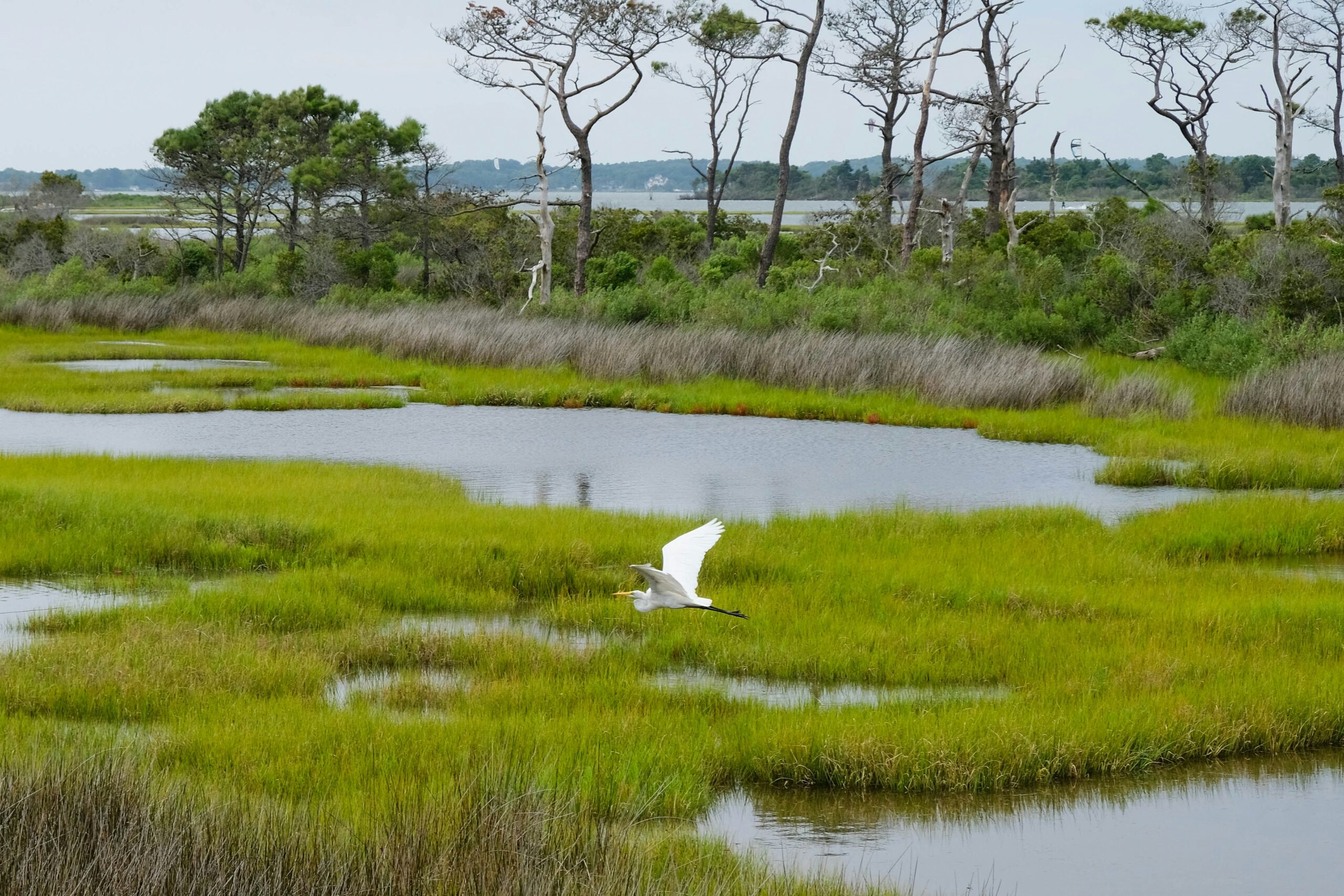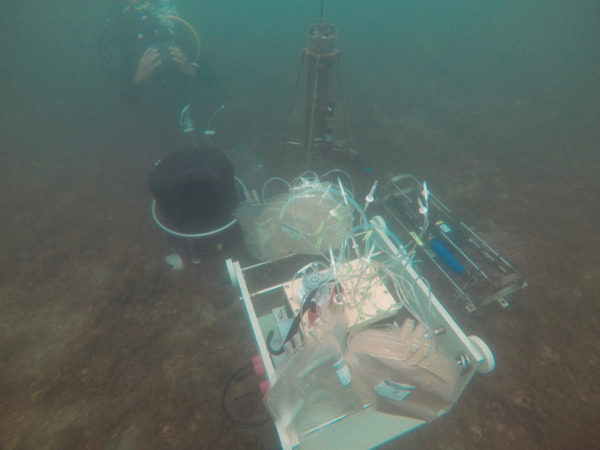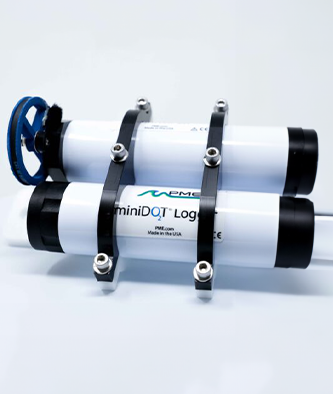Applications
Wetlands

Wetlands are where water covers the soil or is near the surface of the soil for much of the year. Wetland ecosystems constitute the immediate interface between aquatic and terrestrial ecosystems. The ecological composition of healthy wetlands can improve water quality by removing pollutants like harmful bacteria from surface waters, but this beneficial capacity is being threatened by human activity. In many areas, wetlands are key to managing stormwater and wastewater runoff. Rainfall washes urban and agricultural pollutants ranging from soil particles, fertilizers, pesticides, grease or oil from vehicles and road salts into wetlands. In excessive quantities, these pollutants hinder wetlands’ ability to effectively remove nutrients, suspended materials and pathogens from the environment. Recent extreme weather conditions have also had a significant impact on water flows, nutrient balance and biodiversity in wetlands.
According to the EPA, the unique characteristics of wetlands relative to other flowing surface waters necessitate a different set of water quality standards. This may look like a lessened emphasis on water chemistry parameters and a greater focus on the diversity of vegetation or macroinvertebrate communities. Individual state laws and regulations will also inform the water quality standards within certain wetland systems that do not apply to instream water quality.
PME data loggers help researchers secure the reliable data needed to develop and implement wetland management strategies.



